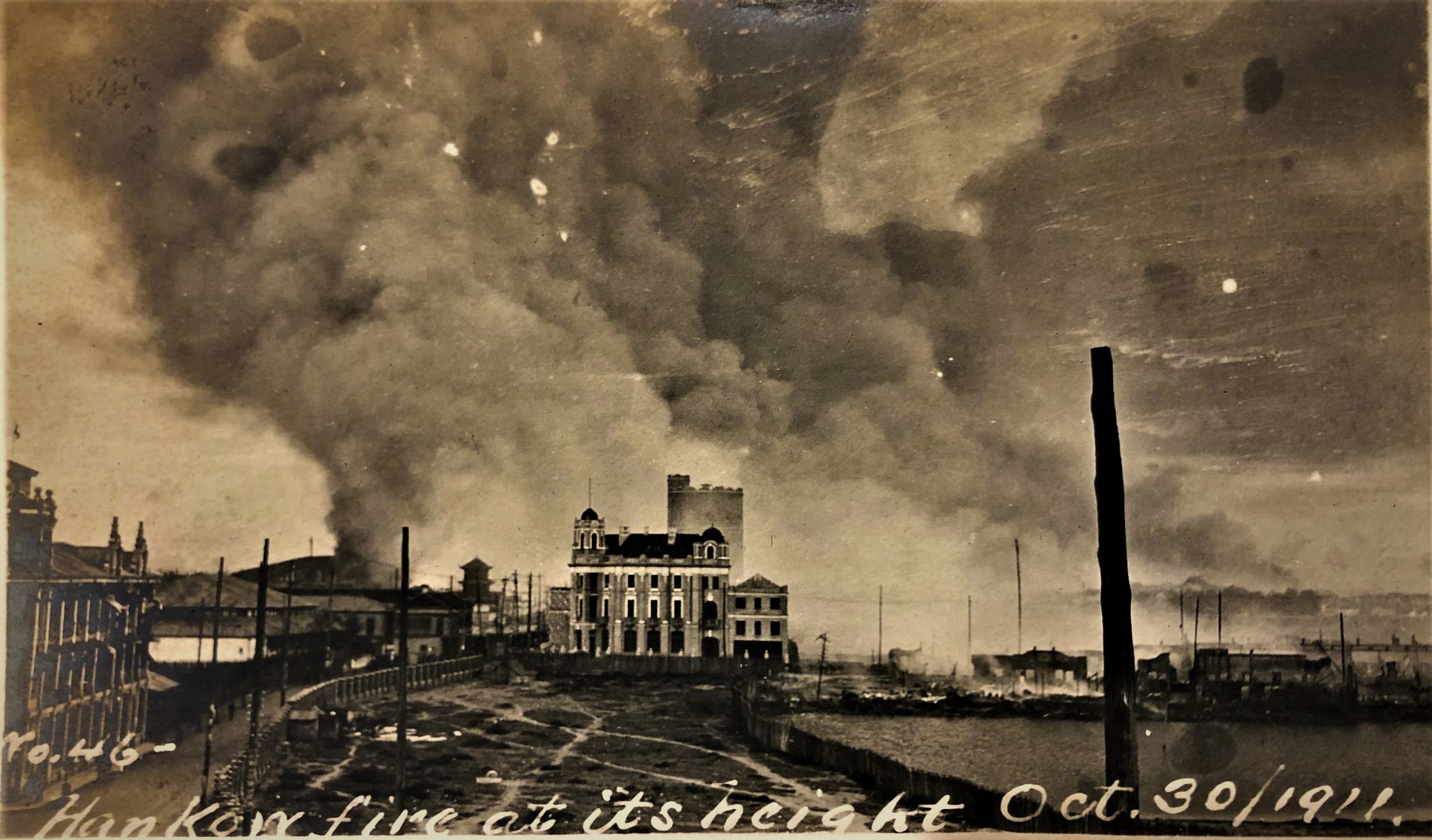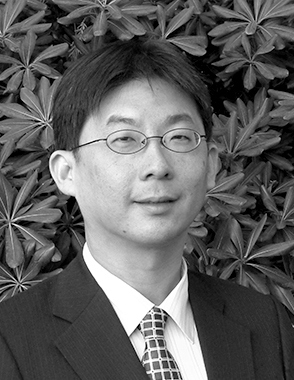Above: The people of Shanghai declared their change of political allegiance by flying the new five-color republican Chinese flag, ca 1912.
A hundred and ten years ago, in 1911, an uprising broke out in central China that led to the overthrow of China’s last imperial dynasty. On October 9, a group of revolutionaries was fiddling with bombs in its safe house, located in downtown Wuchang (part of present-day Wuhan), Hubei Province. They were planning a terrorist attack, but something went wrong and the bomb exploded prematurely. The safe house was raided by imperial police and military. It quickly became clear what transpired, and the three men that had survived the blast were identified as revolutionaries and executed. The surviving revolutionaries decided not to delay the uprising any longer and launched a revolt the next day. The entire city of Wuhan was captured by the revolutionaries on the morning of October 11. The successful uprising in Hubei kicked off a wave of similar rebellions around China. Over the next six weeks, there were at least 22 separate uprisings. By the end of 1911, nationalist revolutionaries were assembling to form a new Chinese republican government under the leadership of Sun Yat-sen. The six-year-old Emperor Puyi abdicated on February 12, 1912, and the Qing dynasty, China’s last imperial monarchy, officially came to an end.

Francis E. Stafford (1884–1938), an American lithographer and photographer, was one of very few Westerners who were present at the time of this great turmoil in China. Stafford arrived in Shanghai in 1909 as a Seventh-day Adventist missionary. In the following years he was hired by the Commercial Press in Shanghai to manage its printing division. As the uprising broke out in the fall of 1911, Stafford was on hand to witness the fighting between the revolutionaries and the imperial forces, capturing remarkable photos that documented the gradual disintegration of the imperial order.

In 2012, Hoover received more than one thousand photo images by Francis Stafford as a generous gift from Stanford alumnus Ronald E. Anderson. Recently, Hoover has acquired an additional group of Stafford photos from the Pennsylvania Conference of Seventh-day Adventists that focus on the Chinese uprisings of 1911 and its aftermath. These interesting and valuable photo images bring to light details of China’s great turmoil 110 years ago and enrich our understanding of how war, peace, and revolution can shape the memory of China’s history.

Hsiao-ting Lin
Hsiao-ting Lin is a research fellow and curator of the Modern China collection at the Hoover Institution, for which he collects material on China and Taiwan, as well as China-related materials in other East Asian countries.



















